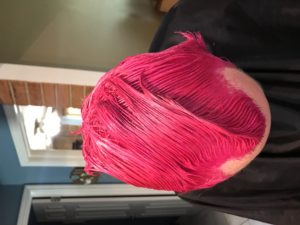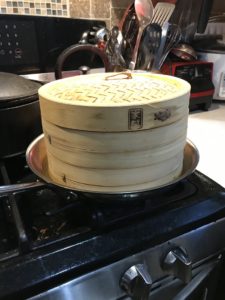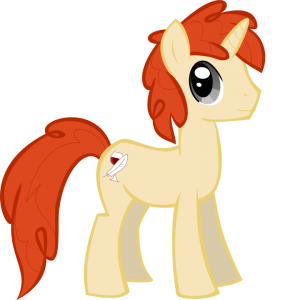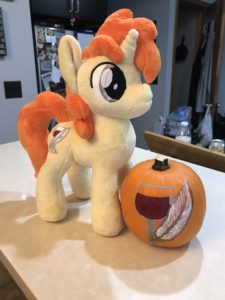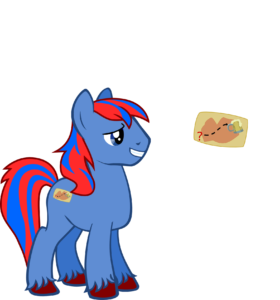I love my curries. Thai curries, Japanese curries, Indian curries… but “My Curry” from April Bloomfield is the bestest. I never expected my mother to eat so boldly, but let’s rock and roll, Karen! You’re getting leftovers.
First, some pics:
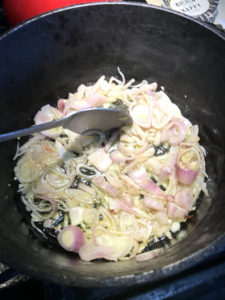
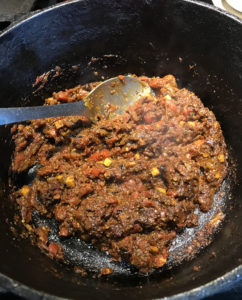
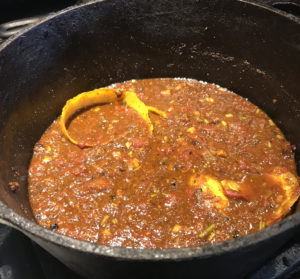
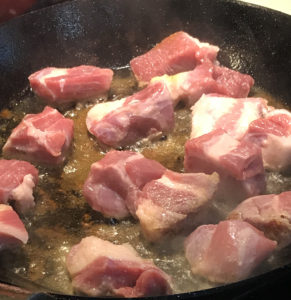
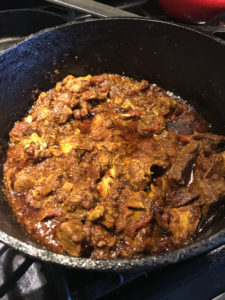
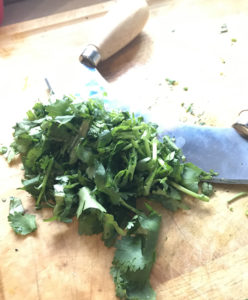
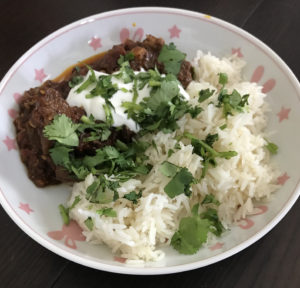
Look delicious? Here’s the recipe, courtesy of April Bloomfield, with some added touches of my own.
MY CURRY!!
1 tbsp fennel seeds, toasted
2 tbsp cumin seeds, toasted
1 tbsp fenugreek seeds, toasted
10 cloves
2 star anise
3 cardamom pods
3 kaffir lime leaves (or the zest of two limes, if you can’t find kaffir lime leaves)
1 tbsp red pepper flakes
1/2 tsp freshly grated nutmeg
2 tsp turmeric
1/3 cup EVOO
2 cups shallots, thinly sliced
4 cloves garlic, thinly sliced
1/2 small cinnamon stick
1/2 cup finely chopped ginger
3 cups drained and chopped up whole tomatoes (San Marzano is best)
2 tbsp flaky sea salt
8 cilantro roots with 2 inches attached finely chopped
5-inch strip of orange
5-inch strip of lemon
1/4 cup freshly-squeezed orange juice
2 tbsp freshly-squeezed lemon juice
1 tbsp freshly-squeezed lime juice
1 and 1/2 cups pineapple juice
That’s for the curry base. For the meat:
2 tbsp EVOO
4 pounds boneless pork butt (April uses lamb shoulder, but I find it’s harder to get)
2 tbsp flaky sea salt
Method:
Combine everything up to (including) the turmeric in a spice grinder or mortar and pestle until you have a fine powder. Trust me, this is the best curry powder you will have in the world.
Cook the shallots and garlic for ten minutes (stirring frequently) in a Dutch oven until nice and brown. Add the spices, cinnamon, ginger, and cook for 3 minutes. STIR STIR STIR. Add tomatoes and salt and cook, stirring until it’s almost dry — April recommends 15 minutes.
Pour in the juices, peels, and cilantro. Set aside off heat.
Season the pork with salt and brown it in batches with the EVOO. As Anne Burrell says, BROWN FOOD TASTES GOOD. So take your time and don’t crowd the pan.
Transfer to the Dutch oven and cook at 350 F for 1 1/2 hours; then lower the temp to 250 degrees and let it go for another hour or until the pork is fork tender and falling apart. ABSOLUTE YUM.
MY RAITA!
Easy-peasy. One cup of Greek yogurt, one cucumber (diced), and salt to taste.
…and recipe done! Just add rice or some good naan. It looks intimidating, but it’s very easy once you collect the ingredients.
On a separate note, my mother turned seventy today! Happy birthday, Mom! You’re the strongest person I know and gave me a special “Karen Power” that lets me get things done that need to get done.
It’s hard, sometimes, though for me to interact with my siblings. They seem to take no interest in anything I do: be it writing, ballroom dancing, or cookery (though they’re very keen on talking about themselves). All and all it makes me quite sad, but I’m glad my mother had a good day surrounded by those she loves. It makes me happy to see her happy, despite it being somewhat bittersweet.
I once wrote a haiku:
Love stains my shirt / like apple mixed with honey / in the curry you made me.
Another blog post to come soon; this time… not so long! xoxo
